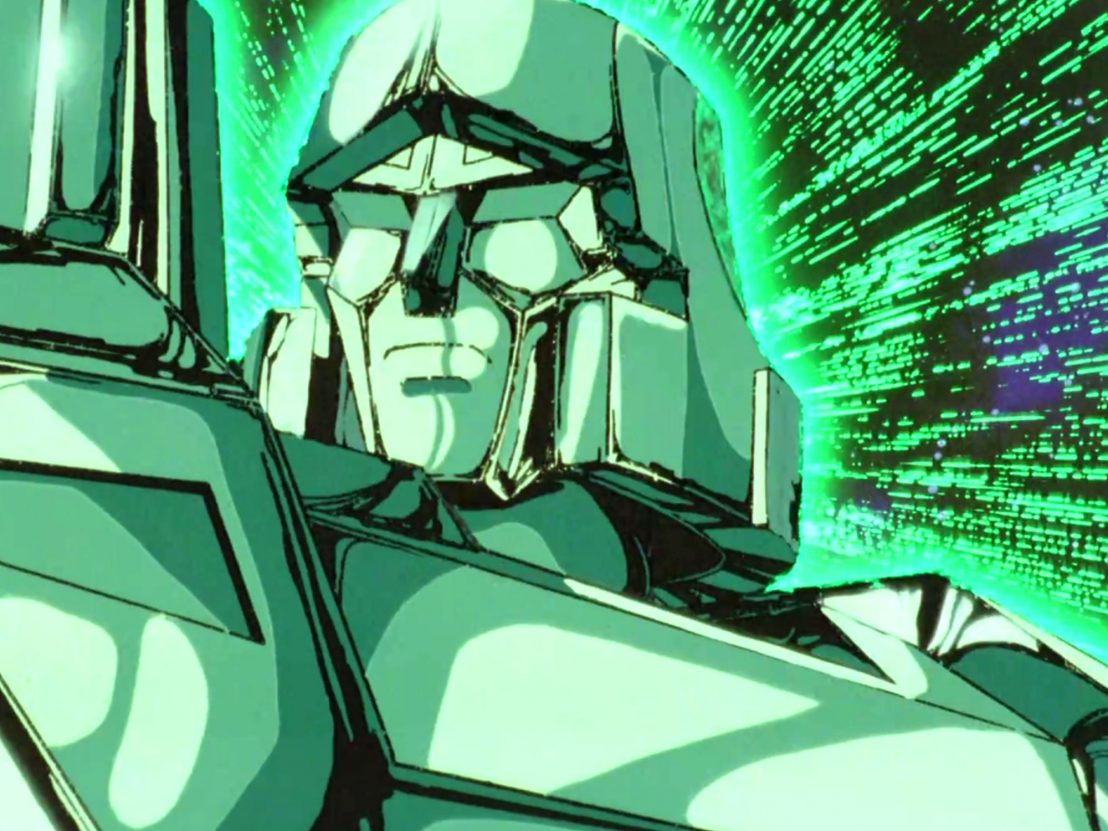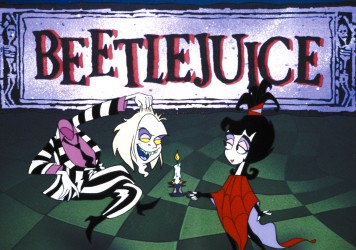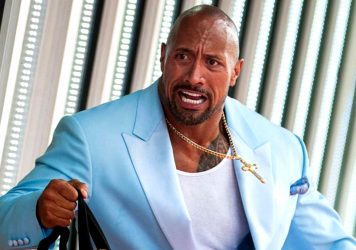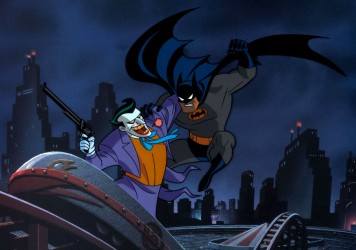
In 1986 the first Transformers movie was released. After the success of the first two seasons of the original animated series, the movie spin-off (The Transformers: The Movie to give it is full and unnecessary title) was considered a big deal for fans. What they got was unlike any kids’ film seen before or since.
Existing primarily as a $6m advert to promote a new line of Transformers toys, the film introduced a host of new characters alongside existing favourites. A cynical marketing ploy perhaps, but in welcoming these new faces the film’s creators did something drastic and totally unexpected. Multiple characters, good and evil, are killed off within the first 30 minutes of the film – including the all-conquering, untouchable Optimus Prime.
The thinking was that every child who was already fan of Transformers would already own an Optimus Prime and Megatron toy, and thus would have no desire or need for additional action figures of these characters. By getting rid of the most popular Transformers and replacing them with new ones, Hasbro hoped that kids would ditch their old toys and pick up the shiny new ones. Ironically enough, this brazen act of commercialism resulted in best moment in the entire movie, with Optimus Prime’s death resonating deeply with those who had grown up with him as their hero.
The rest of the film exists somewhere between a hyperactive version of a Saturday morning cartoon and a psychedelic jamboree that is practically impossible to follow on narrative basis. And while the animation isn’t exactly groundbreaking, the film does contain plenty of complex, vibrant imagery. At times it could be accused of being a little crude, and yet it manages to encapsulate the chaotic nature of the Transformers world. Few scenes do a better job of this than the opening montage.
The film’s chief antagonist, Unicron, a gigantic evil Transformer whose alternative form is a planet, devours a smaller world with ease. Soundtracked by a minimalistic synth score, this scene shows the inner workings of Unicron with his mechanics resembling solar flares that create a kaleidoscopic vision of death. As he devours the planet, the fear among its citizens is palpable. But the scene plays out with little hysterics, substituted instead with quiet contemplation and bleak despondency as they succumb to their fate.
This darker tone continues throughout the film, most notably when the gang of heroes land on Quintessa, a planet that resembles a modern art exhibition occupied by robotic sea creatures. Two of the gang, Hot-Rod and Kup, are captured and thrown into the Quintessons crooked kangaroo court where innocent prisoners are fed to a school of rabid sharks. It’s pretty heavy stuff for a kids’ movie, but just moments later, after the Autobots are saved by a race called the Junkions, everyone celebrates by dancing along to a “Weird Al” Yankovic song.
If all that doesn’t sound weird enough, we should note some of the actors who helped bring the characters to life. Transformers regulars Frank Weller and Peter Cullen feature prominently but the even bigger roles were handed to Judd Nelson, Eric Idle, Leonard Nimoy and, most bizarrely of all, Orson Welles, who lent his booming voice to Unicron. Despite his failing health at the time – Welles died just five days after his final recording session – he gives a committed and convincing performance.
Though it’s not exactly the Citizen Kane of animation, the original Transformers movie deserves praise for its inventiveness and boldness. It’s testament to the film’s enduring charm that it remains firmly entrenched in the hearts of fans. Its charm lies in its weirdness and unwillingness to conform to expectation, something which is entirely lacking from Michael Bay’s joyless Transformers series. This shouldn’t just be embraced by the current live action films but by all franchises based on children’s properties. Otherwise, we risk losing that starry-eyed sense of wonder altogether.
Published 17 Jun 2017

By Greg Evans
This curious ’90s phenomenon brought us animated versions of everything from Beetlejuice to Men in Black.

There’s more to his larger-than-life turn than meets the eye.

By Greg Evans
How an animated TV movie from 1993 cut to the dark heart of DC’s iconic antihero.